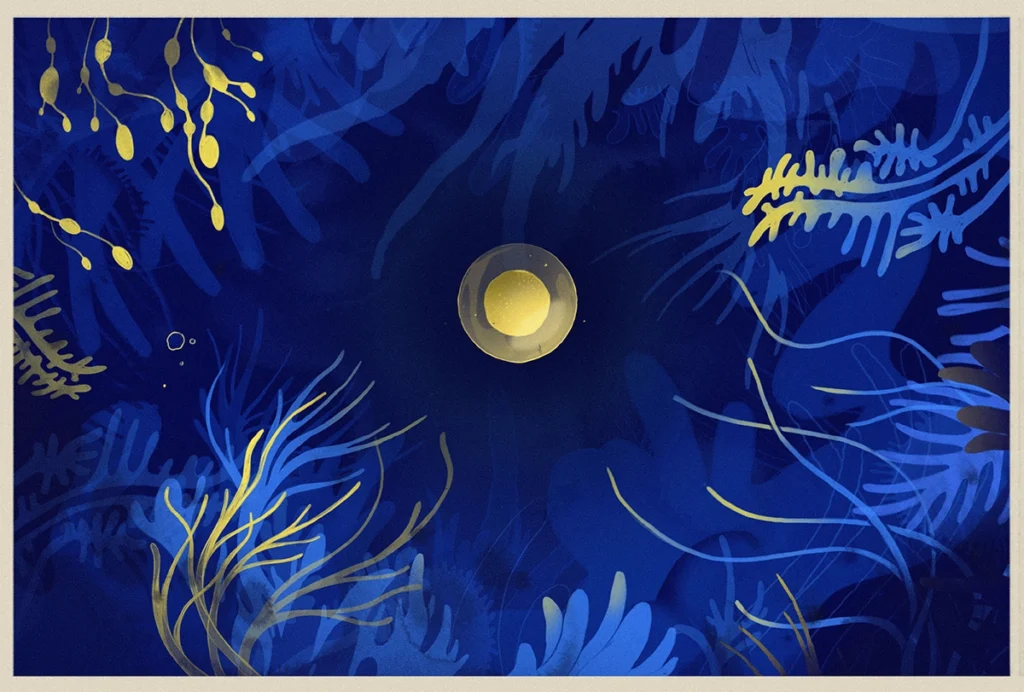Karthik Shekhar is John F. Heil Jr. Professor in the chemical and biomolecular engineering department at the University of California, Berkeley. His laboratory is cross-affiliated with neuroscience, vision science and the Lawrence Berkeley Laboratory. His interests are at the interface of neuroscience, genomics and applied mathematics, and his group uses both experimental and computational approaches to understand how diverse types of neurons in the brain develop and evolve, and how they become selectively vulnerable during diseases. He has received the NIH Pathway to Independence Award, the Hellman Fellowship and the McKnight Fellowship in Neuroscience. He also recently received the Donald E. Noyce Prize for Excellence in Undergraduate Teaching.

Karthik Shekhar
Assistant professor of chemical and biomolecular engineering
University of California, Berkeley
From this contributor
Building a brain: How does it generate its exquisite diversity of cells?
High-throughput technologies have revealed new insights into how the brain develops. But a truly comprehensive map of neurodevelopment requires further advances.

Building a brain: How does it generate its exquisite diversity of cells?
Explore more from The Transmitter
The Transmitter’s most-read neuroscience book excerpts of 2025
Books by Nachum Ulanovsky, Nicole Rust, and Andrew Iwaniuk and Georg Striedter made the list of some of the year's most engaging neuroscience titles.

The Transmitter’s most-read neuroscience book excerpts of 2025
Books by Nachum Ulanovsky, Nicole Rust, and Andrew Iwaniuk and Georg Striedter made the list of some of the year's most engaging neuroscience titles.
Neuroscience’s leaders, legacies and rising stars of 2025
Here are seven stories from the past year about some of the field’s most engaging figures.

Neuroscience’s leaders, legacies and rising stars of 2025
Here are seven stories from the past year about some of the field’s most engaging figures.
The Transmitter’s top news articles of 2025
Check out some of our most-read stories, covering neuroscience funding and policy changes in the United States, and methodological issues in high-profile neuroscience papers.

The Transmitter’s top news articles of 2025
Check out some of our most-read stories, covering neuroscience funding and policy changes in the United States, and methodological issues in high-profile neuroscience papers.